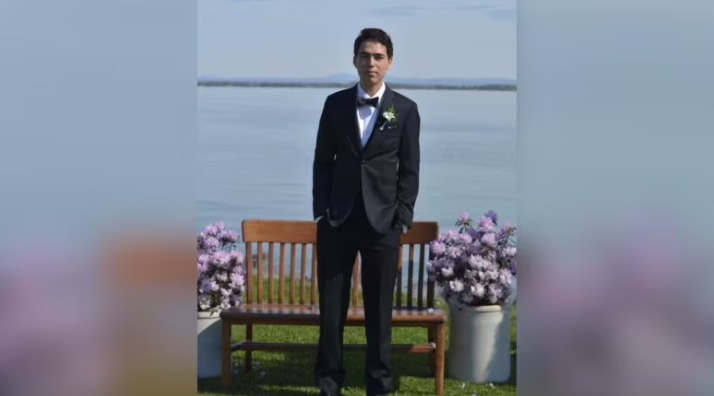He died trying to save a woman in a home in Peawanuck, Ont., where firefighting resources are limited

NDP MP presses Indigenous services minister for more firefighting resources for First Nations
Michael Ranger says his stepson is dead after trying to save someone’s life in a community that critics say lacks resources to fight fires.
Jared Guerard, 26, was one of two people who died in a house fire in the remote Cree community of Peawanuck, Ont., on Feb. 1.
Ranger said his stepson was outside the home when the fire started and rushed into the burning building because a young woman was unaccounted for.
“He went in looking for her and they [rescuers] ended up finding them together, wrapped in each other’s arms inside the house,” Ranger said.
“It causes mixed emotions with me as you know one side, you’re proud of him. At the same time, you kind of get angry with him, you know?”
Ranger said his stepson had been planning to return to school to become an educational assistant.

The Nishnawbe Aski Police Service (NAPS) said in a news release Feb. 3 that officers in Peawanuck received a call late the evening of Feb. 1 regarding a major house fire, and confirmed that two adults died and three other people were in hospital.
Police said the investigation into the cause of the fire was ongoing. It’s uncertain how long the house was on fire before rescuers arrived.
Up until last March, Peawanuck, which is near the Hudson Bay coast, did not have a working fire truck. One was flown in several months after a 10-year-old girl died in a house fire.
According to Patty Hajdu, Canada’s minister of Indigenous services, a fire hall to house the truck is currently under construction.
“The incidence of fire and fire-related death is just astronomical,” Hajdu said.
“In fact, a First Nations child is 86 times more likely to die in a house fire than a non-Indigenous child.”
First Nation people living on-reserve are five times more likely to die in a fire, according to the National Indigenous Fire Safety Council.
Hajdu said Canada’s First Nations Fire Protection Strategy, created jointly with the Assembly of First Nations (AFN) last year, acknowledged the risks posed by climate change and called for efforts to build on firefighting expertise in First Nations.
The plan came with a $10-million investment from the federal government to build comprehensive fire planning in communities
But critics say more needs to be done to improve fire safety in remote communities like Peawanuck.
“The government continues to ignore the fire safety needs of Treaty 9 communities,” said Timmins-James Bay NDP MP Charlie Angus in a statement.
“We need a major overhaul with guarantees of fire trucks, proper halls, fire training, fire inspections. It is time to make fire safety for First Nation communities a priority.”
Joyce Hunter is a member of Weenusk First Nation, which includes Peawanuck, and now lives in Thunder Bay, Ont.
She said poor housing conditions and overcrowding in remote First Nations create a “recipe for disaster.”
Hunter said some First Nations don’t even have running water, which means fire hydrants also aren’t possible.
“People shouldn’t have to die in order for them to get the proper service that they need,” she said.
Related News
Trade war, slumping border traffic: What does that mean for the Gordie Howe bridge?
Amid U.S. President Donald Trump’s tariffs which have triggered a trade war with Canada, cross-border trips haveRead more
Trump administration threatens Harvard’s foreign enrolment, tax-exempt status
U.S. Homeland Security Secretary Kristi Noem speaks during an event on April 9, in Washington,Read more
